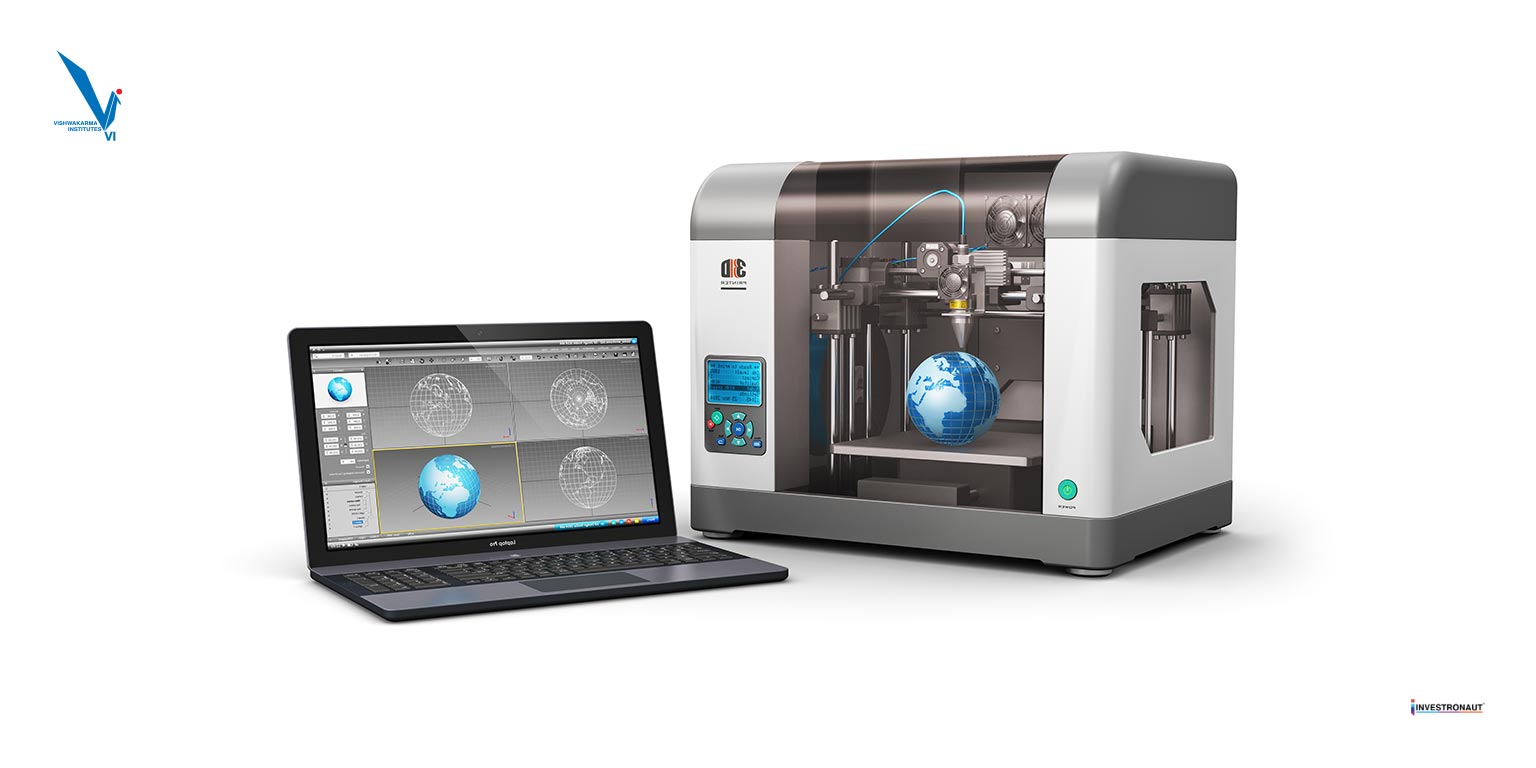 The 3D modelling software tools are used for a number of projects, from simulation to manufacturing. A 3D modelling software with great visualisation options can help you get a better overview of your project. A precise overview allows you to adjust and improve your parts efficiently. It is also a good method to correct the last errors.
The 3D modelling software tools are used for a number of projects, from simulation to manufacturing. A 3D modelling software with great visualisation options can help you get a better overview of your project. A precise overview allows you to adjust and improve your parts efficiently. It is also a good method to correct the last errors.
There are a few software that are used consistently throughout the industry. The level of proficiency that is required with specific software packages is dependent on your role as an engineer.
Take a look at top 10 3D modelling software for mechanical engineers:
Mathcad is useful to every mechanical engineer, regardless of the job function. It gives you the ability to do math within a document and allows you to add relevant images and text to explain your work. The output of Mathcad is a beautifully formatted document containing ‘hand’ calculations.
Computer-Aided Design (CAD) software allows building 3D models of parts and assemblies. CAD software has a drafting component that allows you to create 2D drawings of your parts that can be manufactured. CAD tools also have direct integration into an FEA (Finite Element Analysis) package so you can iterate seamlessly between design and analysis.
Examples of 3D CAD software: SolidWorks, Unigraphics NX, CATIA, and Autodesk Inventor.
Structural analysis can be done with Finite Element Analysis (FEA). The Finite Element Analysis software allows you to analyse stresses and deflections in complex structures. A structure is typically modelled in a 3D CAD program, its geometry is built, a mesh is created to discretise the structure into elements, forces and constraints are applied, and the model can then be solved. From the solved model, you can interrogate stresses and deflections in the structure.
Examples: ANSYS and NASTRAN.
MATLAB is the programming language well suited for calculations with matrices and vectors. MATLAB is used when a complex numerical analysis requires a strong programming solution. It is easy to run simulation and quickly display0= results due to MATLAB’s excellent plotting capabilities.
Python is a general-purpose programming language and is an excellent alternative to MATLAB. Python is open-source (free of cost), tailored for scientific programming and hosts various functionalities that can be achieved by installing the NumPy, SciPy, Pandas, etc. Other things besides numerical analysis, such as any work related to the file system, managing a database, or building a website can also be done in Python.
AutoCAD is a 3D program that allows you to document CAD models, reuse mechanical drawing detailing tools. It enables you to create rectangles from a ribbon, restore and isolate layer groups and much more. AutoCAD Mechanical provides a huge library of standard parts and international drafting standards support.
Solid Edge has a great 2D orthographic view functionality and is a perfect 3D software for complex projects. It also has powerful engineering simulation capabilities for Computer-Aided Engineering.
SolidWorks has a user-friendly interface and can be used for design, or to create machinery parts.
ProE (also known as PTC Creo or Creo Parametric) is a 3D CAD software providing assembly modelling, finite element analysis, NURBS surface modelling, etc. It is the best pick for rapid prototyping of mechanical parts and to produce end-use products.
Catia is used for complex and detailed designs. It is used to design, simulate, analyse, and manufacture products in a variety of industries including aerospace, automotive, consumer goods, and industrial machinery, etc.
If you are looking at cracking design and technical interview, then you must know that it is necessary to do background research about the company in which you are applying. Every company has its own product and works on specific software. Go through the requirements of the company and the software they prefer working on before applying for a job position.
Useful tip: If you are looking at a career in the core mechanical field, you must practice designing on at least a few mechanical engineering software.
666, Upper Indiranagar, Bibwewadi,
Pune, Maharashtra, INDIA - 411 037.
For Admission :- 91 - 7058432258 / 8793428634
For Admission :- Office Timing :-
Monday to Friday - 10am to 5 pm